Sometimes History Rhymes In Ironic Ways
And you might ask yourself: "how did we get here?"
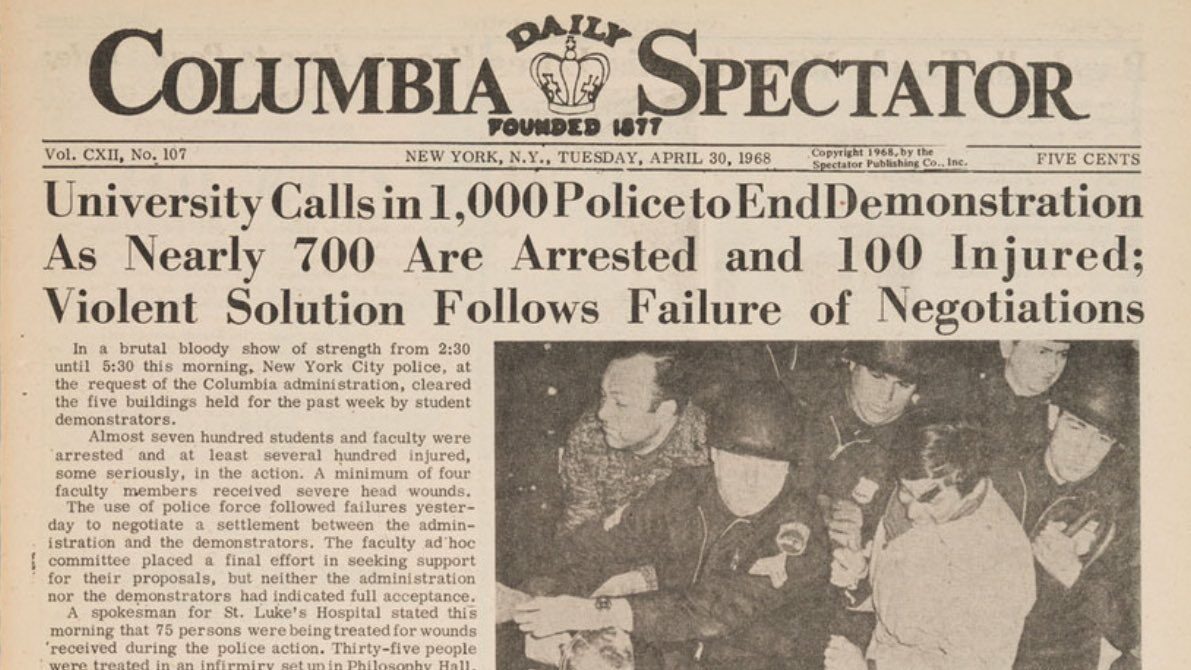
The last 24 hours have been very eventful ones in the ongoing campus protests against Israel’s war in Gaza. As I was browsing xtter this morning over coffee, two xeets about those protests really stood out. Both, unsurprisingly had to do with student actions at Columbia University. The first is how the past is once again present.
A heck of a way to mark an anniversary. What’s especially worth noting is that we have a lot of easily accessible media artifacts from 1968 (especially from Columbia’s own student Journalists). Here’s the Columbia Daily Spectator’s front page from 56 years ago (to the day) reporting on those arrests.
![Front page of the April 30th 1968 Columbia [University] Spectator.](https://otb.cachefly.net/wp-content/uploads/2024/05/GMdY9BHXgAAOCUU-730x1024.jpg)
More media artifacts (including photography from those days) are available via the Columbia archives.
As an aside, that picture in the lower left hand corner of the front page is a reminder that the campus protests of the 1960’s were not without their violence (from both sides) either. In fact, we’ve yet to see any protestor actions remotely as significant as student activists literally burning down the Air Force and ROTC buildings at Kent State or carrying guns while taking over a campus building.* And on the opposite side of the equation, there was the Kent State National Guard’s response. Let’s hope that for all sides things don’t escalate anywhere near that far this year.
The second stand out xeet touches on the patina that history puts on past events. It also shows how the reinterpretation of the past can lead to unintentional irony when juxtaposed against current events:
This section of Columbia’s PR site was published as part of the University marking the fiftieth anniversary of the 1968 protests. While it might not go quite as far as directly expressing regret, the tone of the content definitely suggests that those protests played an important role in making Columbia “one of the most socio-economically diverse student bodies among its peer institutions” and leading it towards “a new campus designed to be open to the community and pursues fields of inquiry unheard of a half-century ago.”
One can only wonder how these protests will be reframed half a century from now (and if this “same as it ever was” screenshot will be included in that archive).
Reflecting on the topic of violence and these protests, I find myself wondering how we (the people we are today, with all of our current beliefs) would have reacted to those protests 60 years ago. Social media yesterday was filled with pictures and comments on a student breaking a building window with a hammer in order to occupy Hamilton Hall.
The general tenor of many of those responses (including here) was: “look at how violent these protests are.” In April of 1969, on the morning of Parents Weekend, Black students at Cornell responded to someone burning a cross on campus by occupying Willard Straight Hall for days. I knew that story from my time at Cornell. What I didn’t know before today is that after White students attempted to eject them from the building, the Black students armed themselves with guns. Even after the resolution of the occupation of Willard Straight, Black students marched across campus holding rifles (see the link above for pictures).
On the one hand, our current narrative about race relations and the 1960’s risks turning this into a simple “good/bad” binary. Yet, at the same time, we are also talking about violent actions and the use of guns as a way to back them up. So, we’re moving beyond the usual easy discussions about MLK and nonviolence.
I think it’s useful to honestly ask yourself: “how would I have reacted if I was reading that news at the time? And how is what’s happening different today?”

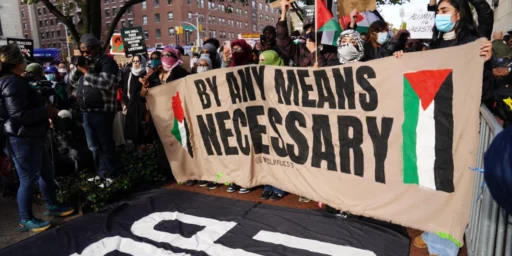
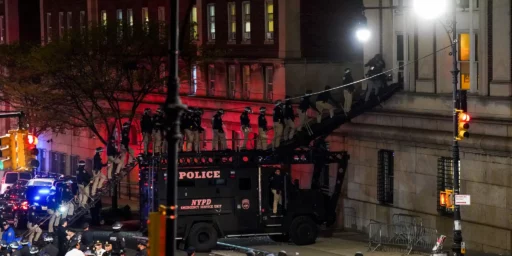
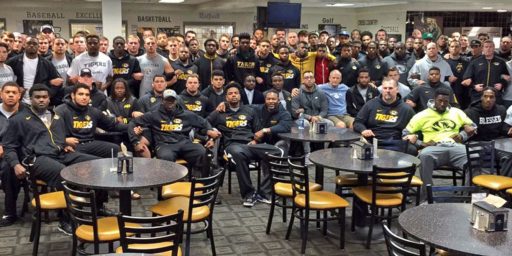

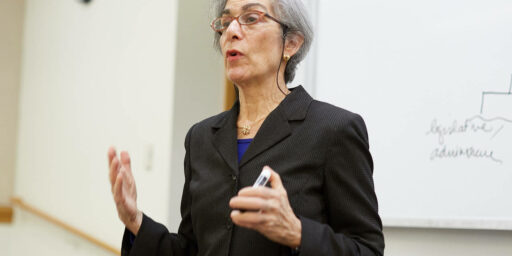
I was there (not at Columbia, but Seattle had its own events) and what I recall was most of us taking sides and justifying the violence of our team while lamenting that the other side pushed us to extremes.
Sound familiar?
Matt Bernius: Sometimes History Rhymes In Ironic Ways
That fall, Nixon was elected president.
and before people who disagree with these protests start thinking too highly of themselves and how they OBVIOUSLY would’ve been on the right side of history back then, i always like to point out the polling at the time about how the vast majority of the public thought it was good that the national guard shot up kent state
Two or three years from the Dow Chemical protests and the Cornell and Columbia building occupations to Kent State, Jackson State, and the Sterling Hall bombing.
@jpmeyer:
Agreed! And I have recently been thinking about these questions in relationship to Stonewall versus the Civil Rights movement as the prior was WAY more confrontational and a WAY less accepted movement (which isn’t to say civil rights was in any way an broadly accepted movement at the time).
@Stephen Karlson:
That passage of time is another really important point. We tend to either think about these individually or as all occurring at once.
What’s also interesting to think about these protests in relation to the BLM protests of 2020.